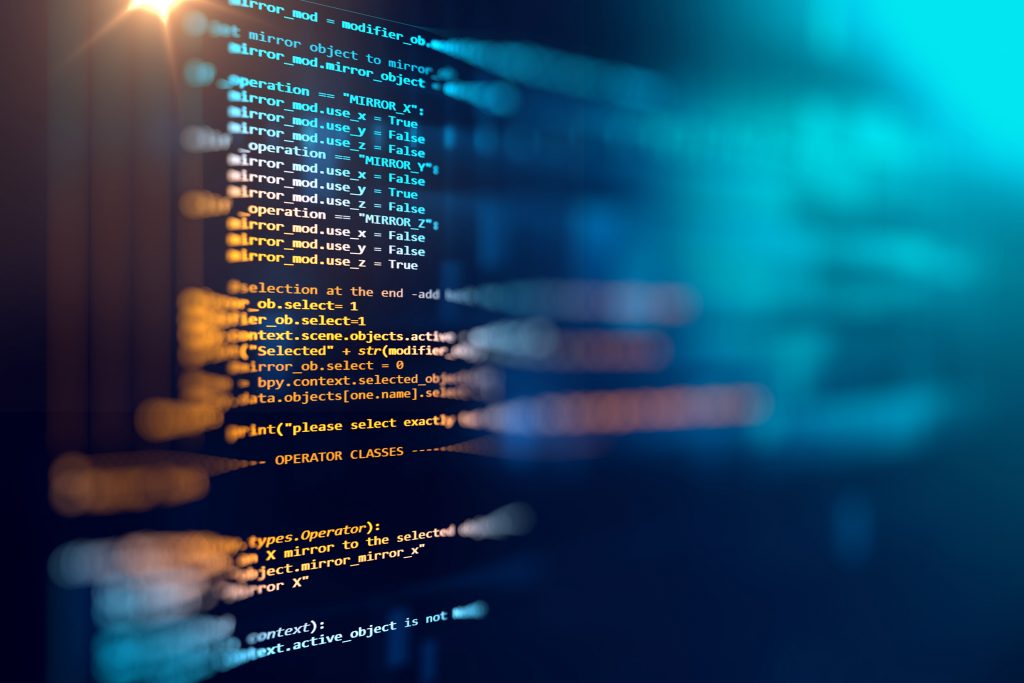
It is necessary to understand a few terms before we delve into the subject of this major (and nearly saturated) industry. The list below is that of important terms that will help you to get through the article. However, if you want to know more, you are welcome to read up more about them.
Software: Refers essentially to lines of program or data. This data instructs the computer on how to do a specific task (that you want to complete). It controls all the different hardware components by giving them your inputs in a simplified manner.
High-level programming: Any program that is friendly to work with is a high-level program for that time. However, this ease is only in comparison to earlier programs, which it has to beat by a long shot. This way, it goes without saying that high-level programming languages of the past are no longer high-level in today’s context.
Artificial Intelligence: The branch of computer science that deals with the ability of machines to imitate human actions and thought processes. This includes thought based action such as that of learning and solving problems.
Machine Learning: A subset of AI which allows the machine to learn from its previous mistakes without any human intervention. A machine that can learn is artificially intelligent.
Software development has grown from being a niche subject to one of the most sought after subject to learn. It has become very common, even for middle school students to learn the basics of coding and run some basic programs. It was not an overnight change, and that span is something any article is too short to cover.
The Very Beginning
Today, when we think of software development, we know that it covers everything from mobile app development, computer programming, and server programming, with leading software development companies branching out to all areas. When software development was taking its first steps into existence, the programming was designed to work just on the computers. Of course, modular phones themselves came much later, so there was no possibility of programming for phones.
The different pieces of software were also exclusively offline and were basically packages that came with your computer on purchase. A first in this arena would VisiCalc, the first notable predecessor of Excel. VisiCalc came as a part of the Apple II, one of the world’s first PCs, in 1977.
Scope for Diversification
Other software programs including that of the command line, graphical user interfaces and games grew at the same time, along with PC software. These programs (or arguments, in the case of command prompt) helped users to control the program externally. It also made the output and interface look as aesthetic as was possible and used programs customized for their line of work.
Today, we have material designs coming up in almost every OS, be it on the phone or PC. Software engineers are ready to build software for your needs as long as you are willing to shell out the cash.
This article will not be complete without Artificial Intelligence (AI) and Machine Learning (ML), the very plausible future of software development. The development of efficient hardware and software that complement them has enabled us to experiment with these two things. Although they come with their own pros and cons, their evolution does make for a fancy vision for the future.
This is an article provided by our partners network. It does not reflect the views or opinions of our editorial team and management.
Contributed content
HedgeThink.com is the fund industry’s leading news, research and analysis source for individual and institutional accredited investors and professionals








